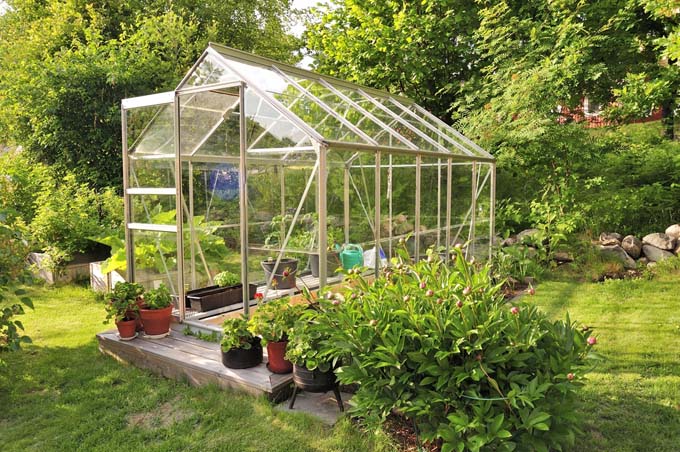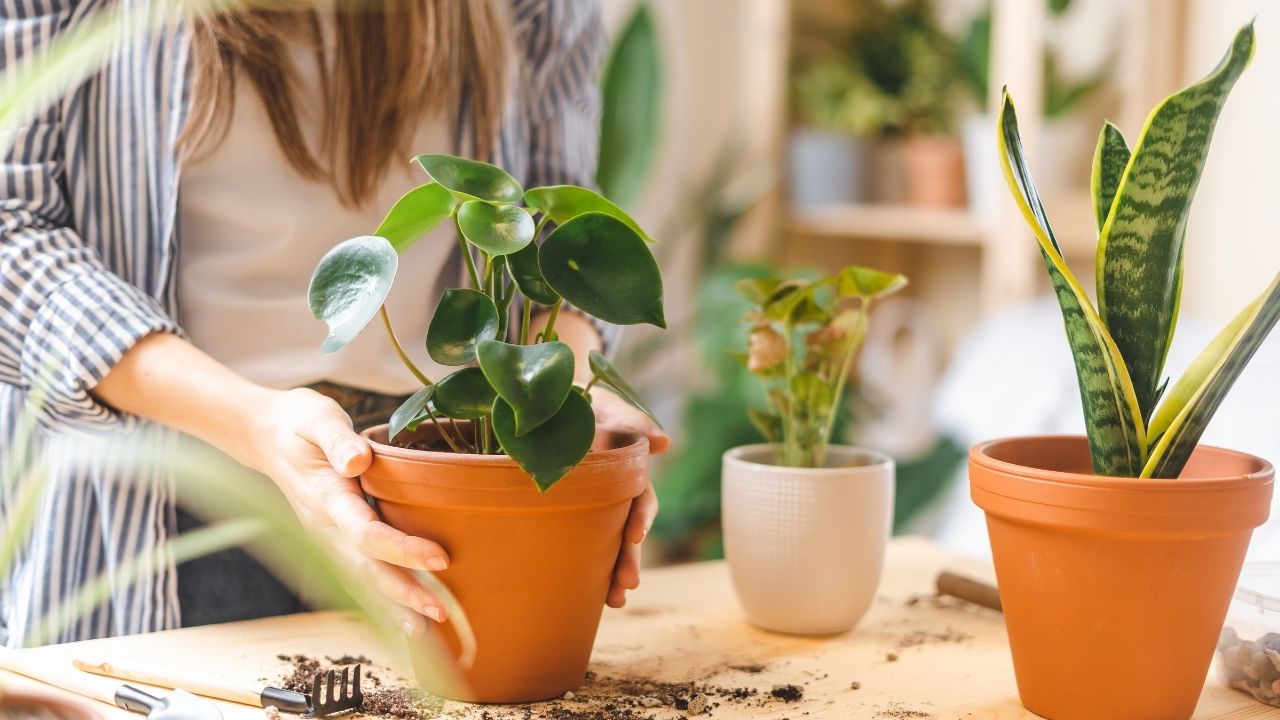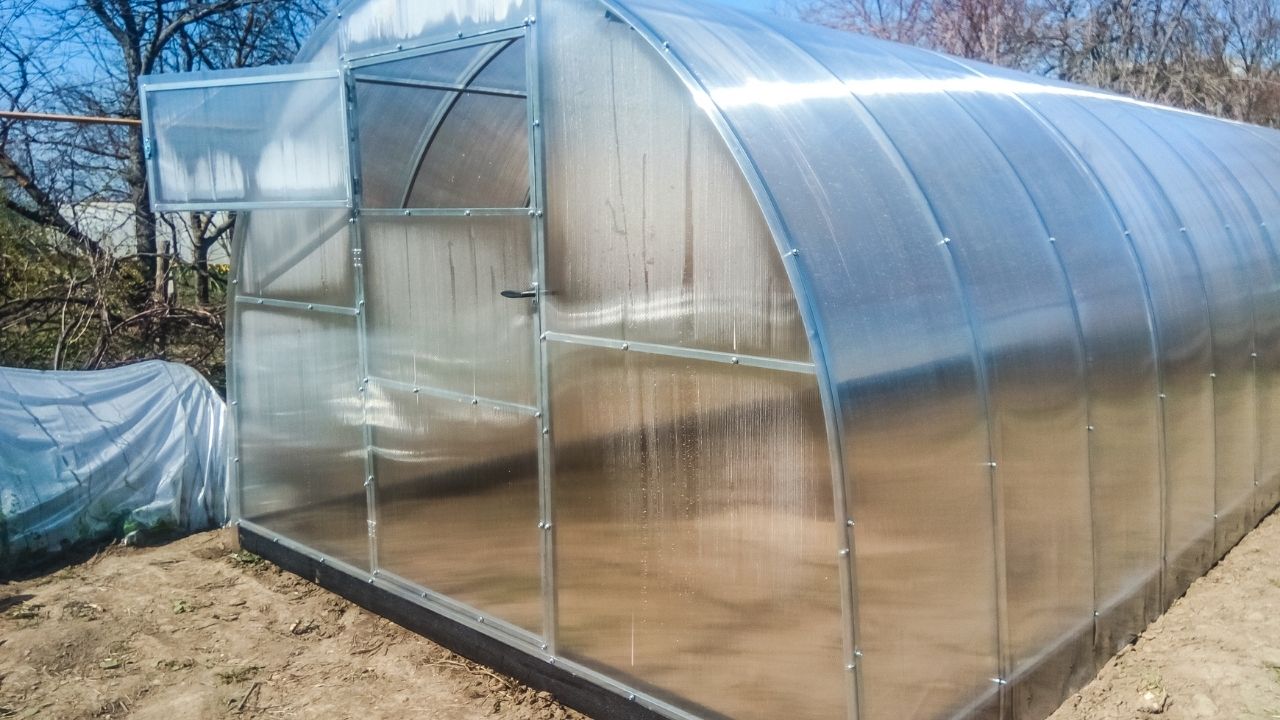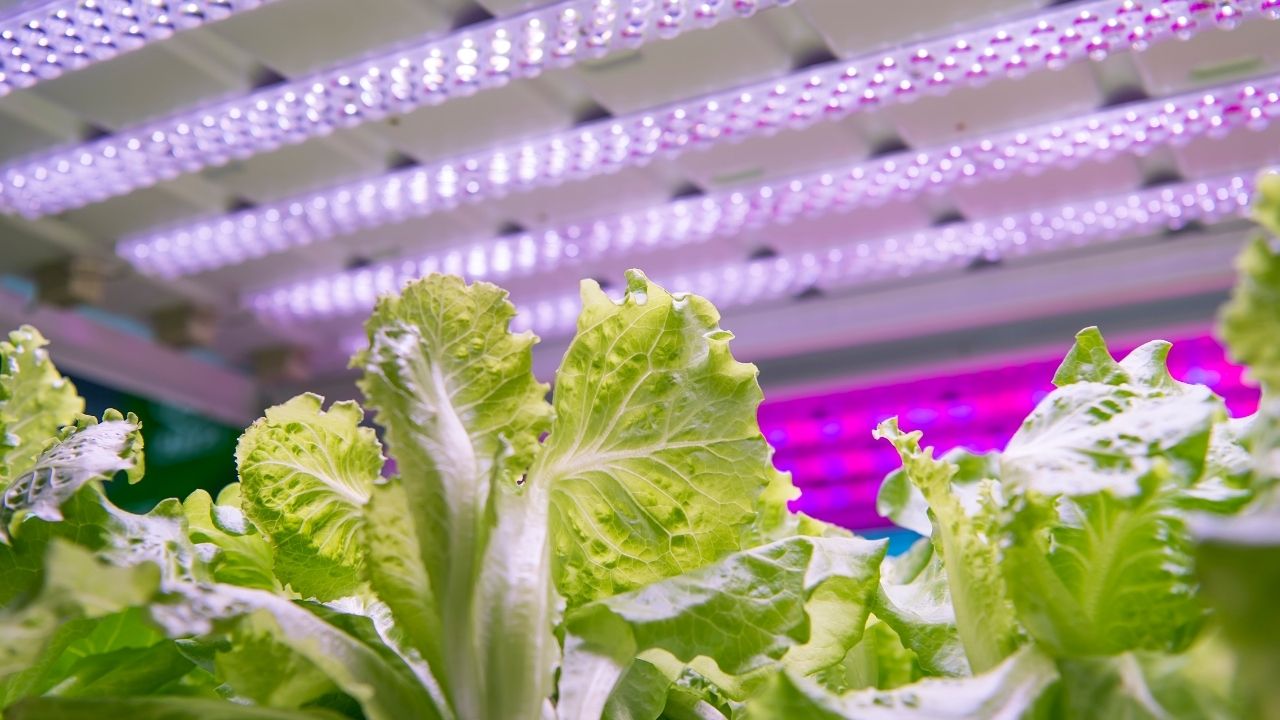
Welcome to 'A Guide on Designing Your Own Home Garden', a comprehensive resource that will empower you to create a flourishing oasis right at your doorstep.
Whether you are a novice gardener or possess a green thumb, this article offers creative, detailed, and innovative insights to help you design a garden that reflects your style and provides a sense of freedom.
From selecting the perfect location to preparing the soil, this guide will equip you with the knowledge and tools needed to transform your outdoor space into a botanical masterpiece.
Choose a Location
Selecting the perfect location for your home garden is a crucial step in creating a vibrant and flourishing space. Consider various factors such as sunlight exposure, soil quality, and accessibility when making this decision.
First, analyze the layout of your garden and determine the best area to allocate for planting. Evaluate the amount of sunlight your chosen location receives throughout the day, as different plants have varying sunlight requirements.
Ensure that the soil in your selected spot is fertile, well-draining, and rich in nutrients to support healthy plant growth.
Additionally, accessibility is essential for ease of maintenance and enjoyment of your garden. Choose a location that is convenient for watering, weeding, and harvesting.

Test Soil
To ensure optimal plant growth and health, it is crucial to test the soil in your chosen location for your home garden. Soil testing provides valuable insights into the composition and nutrient content of the soil, allowing you to make informed decisions about soil amendments and plant selection.
Here are four important steps to follow when testing your soil:
- Collect soil samples from different areas of your garden to get a comprehensive understanding of the soil's characteristics.
- Use a soil testing kit or send your samples to a professional laboratory for analysis. They will provide detailed reports on the pH level, nutrient content, and organic matter present in the soil.
- Based on the results, determine which soil amendments are necessary to improve the soil's fertility and structure.
- Apply the recommended amendments, such as compost, lime, or organic fertilizers, to provide the necessary nutrients and balance the pH of the soil.
Plan Your Plants
When designing your own home garden, it is essential to carefully consider and arrange the plants according to their specific requirements and compatibility.
Selecting plant varieties is a crucial step in planning your garden. Take into account factors such as climate, soil conditions, and sunlight availability to choose plants that will thrive in your garden.
Consider the diverse range of colors, textures, and heights to create an aesthetically pleasing and visually dynamic garden.
Additionally, creating a planting schedule is essential to ensure the success of your garden. By staggering the planting times, you can enjoy a continuous bloom throughout the year. Take into account the growth rates of different plants and their seasonal preferences to create a well-structured and visually appealing garden.
With careful planning and selection, your home garden will flourish and become a vibrant sanctuary of beauty.

Purchase Gardening Tools
To properly care for and maintain your home garden, it is important to acquire the necessary gardening tools. These tools will help you perform various tasks such as planting, pruning, and weeding with ease. Here are four essential gardening tools you should consider purchasing:
- Garden trowel: This handheld tool is perfect for digging small holes and transplanting seedlings. It is essential for planting your chosen plants in the garden.
- Pruning shears: These sharp and sturdy scissors-like tools are used for trimming and shaping plants. With the right pruning shears, you can maintain the health and appearance of your plants.
- Gardening gloves: Protect your hands from thorns, dirt, and other potential hazards with a good pair of gardening gloves. They will keep your hands safe and comfortable while you work.
- Compost bin: Starting a compost pile is an eco-friendly way to nourish your garden. A compost bin will help you collect and decompose kitchen scraps and yard waste, creating nutrient-rich compost for your plants.
Prepare the Soil
To create a healthy and fertile environment for your plants, the next step in designing your own home garden is to properly prepare the soil.
Soil preparation techniques are essential for ensuring that your plants receive the necessary nutrients and water retention. Start by removing any weeds or debris from the area.
Digging the soil with a garden fork or tiller will help loosen compacted soil and improve drainage. Incorporating organic matter such as compost or well-rotted manure will enrich the soil with essential nutrients and improve its structure.
Composting methods are an excellent way to create your own nutrient-rich compost, using kitchen scraps, yard waste, and other organic materials. Mix the compost into the soil, ensuring it is well-distributed.
Properly preparing the soil will provide a solid foundation for your plants, setting them up for success in your home garden.
Frequently Asked Questions
How Do I Deal With Pests and Diseases in My Home Garden?
To effectively deal with pests and diseases in your home garden, it is important to explore natural remedies and organic pesticides. These innovative solutions offer a creative and detailed approach that aligns with the desires of an audience seeking freedom in their gardening practices.

What Are Some Common Mistakes to Avoid When Designing a Home Garden?
When designing a home garden, it is important to avoid common mistakes that can hinder its success. By maximizing space and implementing practical design tips, you can create a beautiful and functional garden that suits your needs.
How Often Should I Water My Plants in a Home Garden?
The watering frequency for plants in a home garden depends on various factors such as the type of plants, soil moisture levels, and weather conditions. Following best practices, it is important to monitor the soil moisture and water when it is dry to a certain depth.
What Are Some Easy-To-Care-For Plants That Are Suitable for Beginners?
Easy-to-care-for plants for beginners are those that require minimal maintenance and can thrive in various conditions. They provide a low-maintenance option for creating a beautiful home garden, allowing beginners to enjoy the freedom of gardening without feeling overwhelmed.
Can I Incorporate Sustainable Practices, Such as Composting or Rainwater Harvesting, Into My Home Garden?
Incorporating sustainable gardening practices, such as composting and rainwater harvesting, in home gardens offers numerous benefits both for the environment and the garden itself. This guide provides innovative and detailed tips and tricks for implementing eco-friendly practices.






